
Get a 2025 Tax Deduction When You Donate to Heifer International by Year’s End
By Heifer International | October 23, 2025
Your tax-deductible gift to Heifer International gives a family livestock, training and hope for the future.

By Heifer International | October 23, 2025
Your tax-deductible gift to Heifer International gives a family livestock, training and hope for the future.
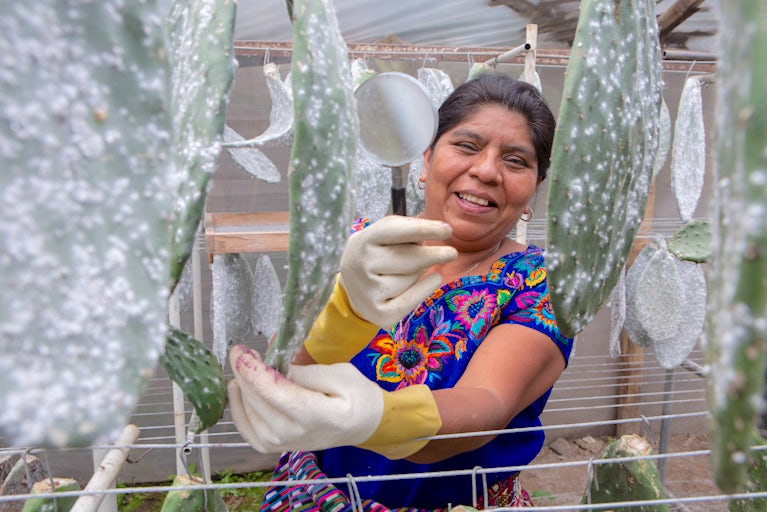
By Heifer International | July 16, 2024
Rosa earns a living by keeping ancient Maya dyeing traditions alive with the support of Heifer International.
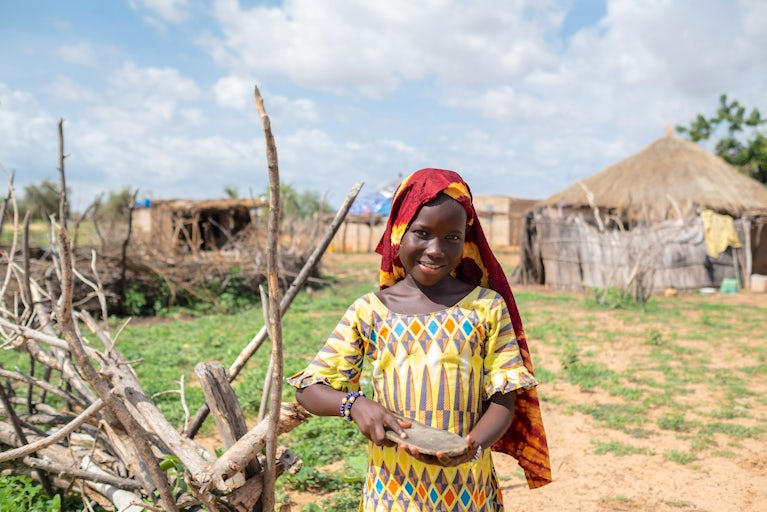
By Heifer International | July 16, 2024
Khardiata’s life was once a daily struggle. Now, with clean water and a new income source for her family, she can pursue her dreams.

By Heifer International | July 16, 2024
Once struggling to meet her family’s needs, Uma now earns a stable income by selling goats, thanks to the Sangam Women’s Group.
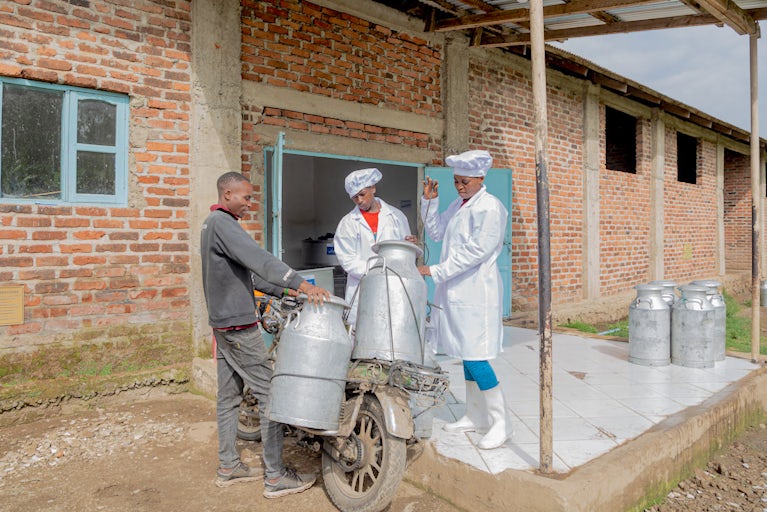
By Heifer International | July 16, 2024
From 2008 to 2018, we empowered over 230,000 dairy farmers to create one of East Africa’s leading market-driven initiatives. Today, our commitment remains just as strong. See the impact.
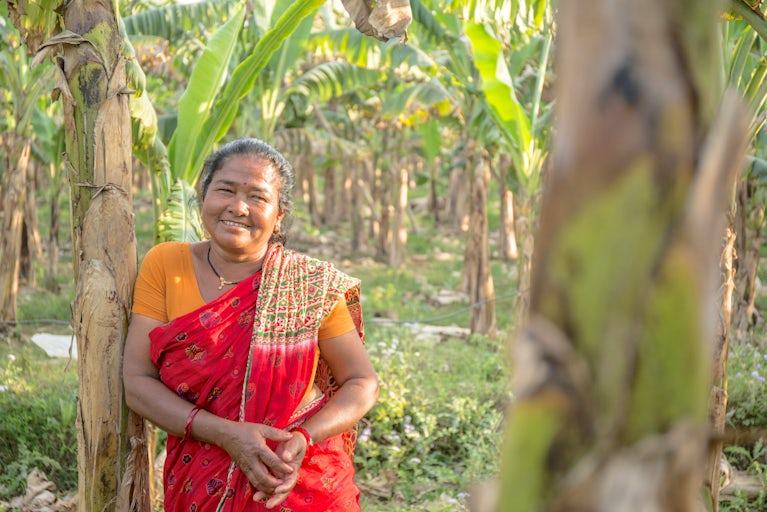
By Heifer International | July 16, 2024
Watch Jit Kumari Yogi’s journey from hardship to community leadership with Heifer International’s support.
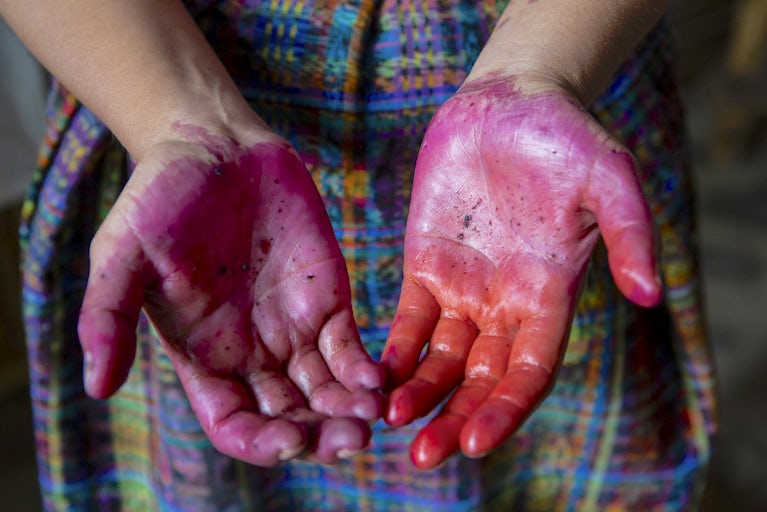
By Bethany Ivie | January 22, 2021
In San Juan La Laguna, Guatemala, Indigenous Maya women are reclaiming the age-old art of handcrafting carmine, perhaps the most vibrant natural red dye in existence, and through the support of Heifer International Guatemala, they’re using that skill to boost their own small businesses.
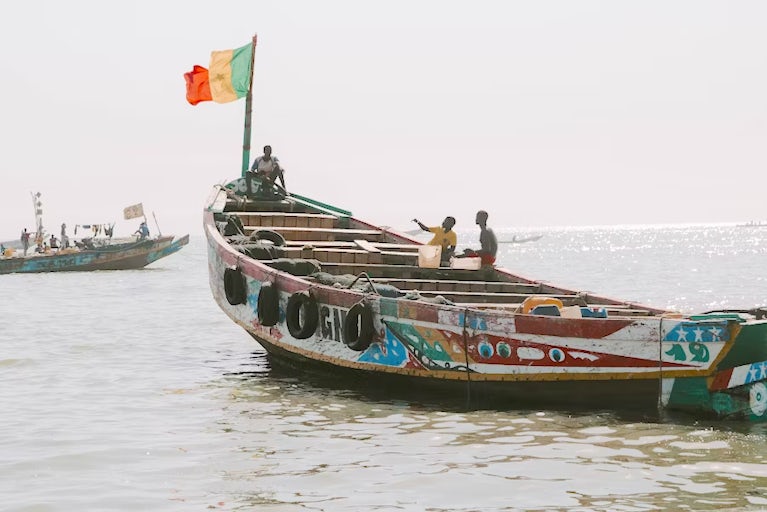
Cart is empty
Success!
Please be patient while we send you to a confirmation page.
We are unable to process your request. Please try again, or view common solutions on our help page. You can also contact our Donor Services team at 855.9HUNGER (855.948.6437).
Covering the transaction fee helps offset processing and administrative fees that we incur through taking payments online. Covering the transaction fee for each payment helps offset processing and administrative fees that we incur through taking payments online. Covering the transaction fee for each payment helps offset processing and administrative fees that we incur through taking payments online.
Success!
Please be patient while we send you to a confirmation page.
We are unable to process your request. Please try again, or view common solutions on our help page. You can also contact our Donor Services team at 855.9HUNGER (855.948.6437).
When you donate a gift to someone, you'll have the option to create a free card after your donation is complete.

A FREE gift will be sent to supporters who choose to give a monthly gift.
Covering the transaction fee helps offset processing and administrative fees that we incur through taking payments online. Covering the transaction fee for each payment helps offset processing and administrative fees that we incur through taking payments online. Covering the transaction fee for each payment helps offset processing and administrative fees that we incur through taking payments online.

A FREE gift will be sent to supporters who choose to give a monthly gift.